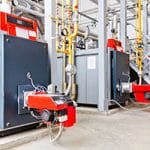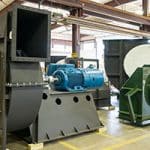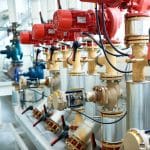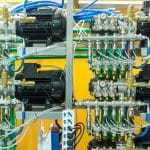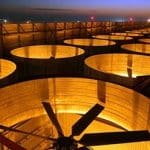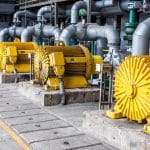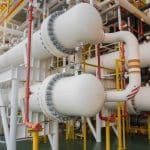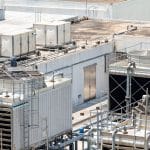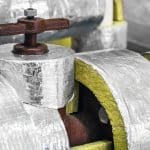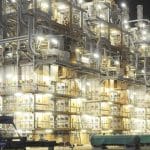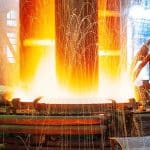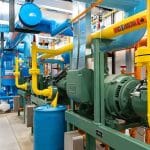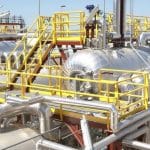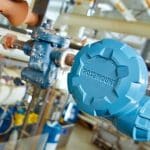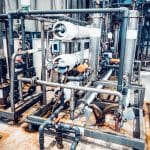The 3 kEys
- Adjusting settings to maintain lower operating pressures can significantly reduce the boiling point of liquids, requiring less energy for phase changes.
- Equally important is temperature optimization, which not only minimizes energy consumption but also prevents issues such as scaling, fouling, and product degradation.
- Reuse vapor from one stage to heat the next, dramatically reducing fresh steam requirements.
Industrial evaporators, often at the heart of many manufacturing processes, are significant energy consumers. Managing their energy usage effectively can lead to substantial savings. This article explores proven strategies to optimize evaporator energy efficiency across a range of dimensions, offering practical insights and actionable advice.
Evaporators are critical industrial devices that utilize heat to evaporate surplus water from solutions, concentrating it for various applications. They play a pivotal role in numerous industries, including wastewater treatment, chemical manufacturing, and food processing, and their primary function involves the selective removal of water, resulting in a more concentrated solution, which is essential for achieving desired product characteristics in different industrial processes.
Take a look at The Essentials of Continuous Evaporation published by AIChE for a great primer on the process.
Optimizing Operating Parameters
Efficient operation begins with optimizing the core parameters that govern evaporator performance. Adjusting settings to maintain lower operating pressures can significantly reduce the boiling point of liquids, requiring less energy for phase changes.
Equally important is temperature optimization, which not only minimizes energy consumption but also prevents issues such as scaling, fouling, and product degradation. Real-time temperature sensors and automated feedback systems are invaluable tools for maintaining these optimal conditions.
Additionally, adopting multiple-effect evaporators (MEE) leverages economies of scale by reusing vapor from one stage to heat the next, dramatically reducing fresh steam requirements. A detailed analysis of MEE optimization can be found in the International Journal of System Assurance Engineering and Management.
Enhancing Insulation
Insulation quality plays a pivotal role in minimizing heat loss. Selecting materials like mineral wool or ceramic fiber ensures durability and effectiveness at high temperatures.
Regular maintenance of insulation is equally important, as worn or damaged areas—especially around joints and valves—can lead to significant energy losses. For facilities with limited space, innovative solutions such as vacuum-insulated panels or aerogels provide superior performance in compact areas. Valmet’s white paper on evaporator energy efficiency explores these strategies in detail.
Upgrading with Variable Frequency Drives
Replacing outdated and inefficient equipment with energy-efficient models can lead to significant reductions in energy consumption. High-efficiency motors and variable frequency drives (VFDs) can reduce energy use by 10-30%, providing a return on investment within a few years.
Be sure to upgrade to energy-efficient motors with IE4 or IE5 ratings, incorporating VFDs for both pump and fan control, especially during periods of fluctuating demand.
Increasing Heat Recovery
Recovering and reusing heat within the evaporator system is another powerful way to reduce energy waste. Capturing condensate from steam for reuse in boilers or other heating applications minimizes both water and energy costs.
Additionally, adopting multiple-effect evaporators (MEE) leverages economies of scale by reusing vapor from one stage to heat the next, dramatically reducing fresh steam requirements. A detailed analysis of MEE optimization can be found at Valmet’s Web Academy. The evaporators / concentrators were the largest energy users in a Kraft pulp mill and represented one of the areas of the mill where significant savings in production costs / additional revenue generation could be achieved. The white paper presents a study which reviews current practices in the design of new evaporators, how these design practices have changed in the past 30 years, and how upgrading older evaporators achieved most of the benefits associated with the more current practices. Examples of evaporator plant upgrades are reviewed to show benefits that may be achieved.
Upgrading Equipment
Modernizing evaporator equipment is another key strategy for energy efficiency. Advanced designs, such as falling film evaporators, offer high heat transfer efficiency with minimal energy input and reduced fouling risks. Forced circulation evaporators ensure consistent flow and mitigate challenges like crystallization and scaling.
In addition, investing in high-quality vacuum pumps typically provides an acceptable ROI to achieve precise pressure control.
Implementing Advanced Controls
Automation and advanced control systems are game-changers for energy management. Programmable logic controllers (PLCs) or distributed control systems (DCS) automate temperature, pressure, and flow adjustments, ensuring consistent and efficient operations.
Sensors provide real-time monitoring of critical parameters like steam flow, heat transfer rates, and fouling levels, enabling swift responses to inefficiencies. Predictive maintenance powered by artificial intelligence takes this a step further by identifying potential issues before they escalate, preventing energy losses caused by underperforming equipment.
The Big Finish
By adopting these strategies, industries can transform their evaporator systems into models of energy efficiency. Each measure requires a careful analysis of cost-benefit trade-offs, but the cumulative impact can be substantial.




